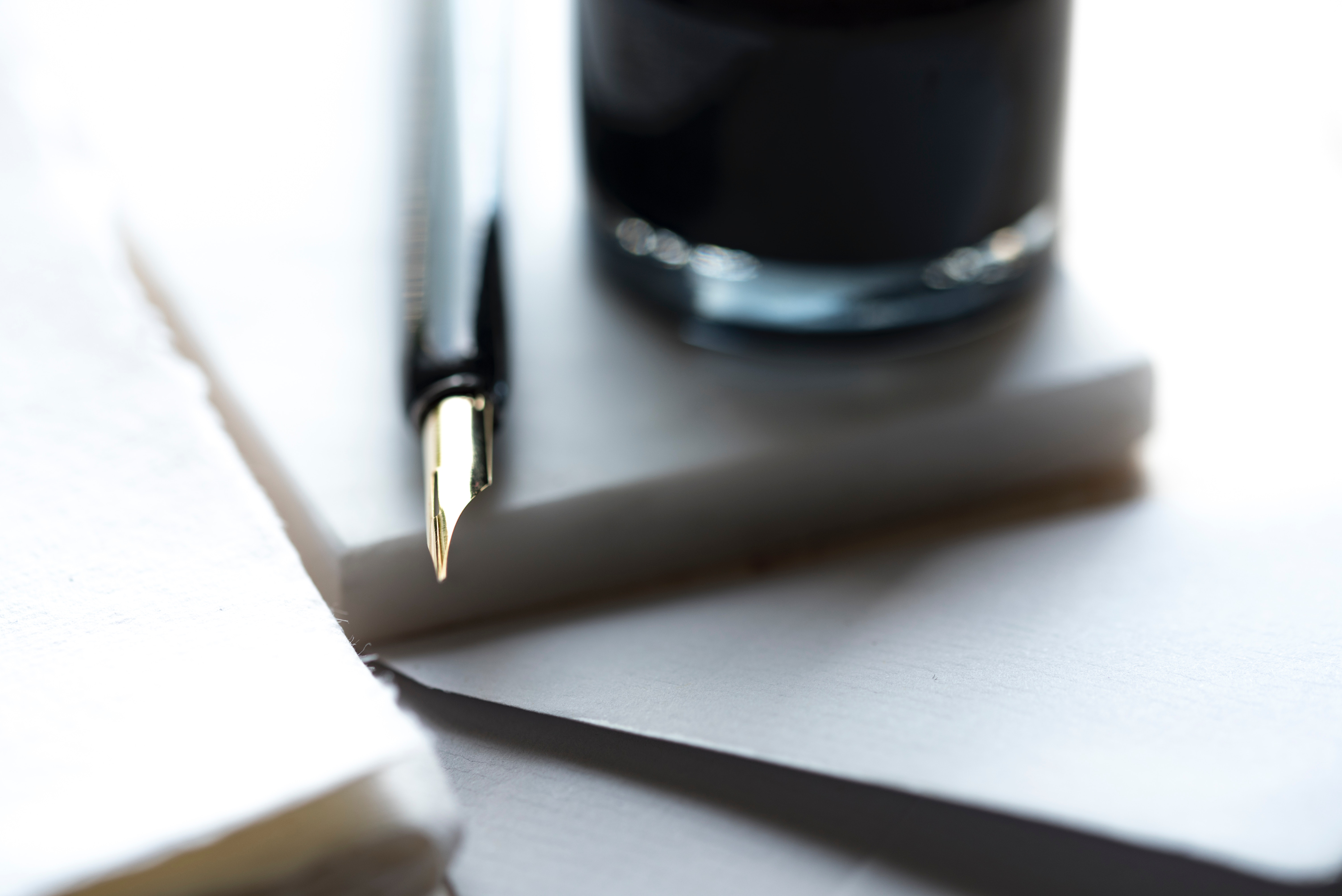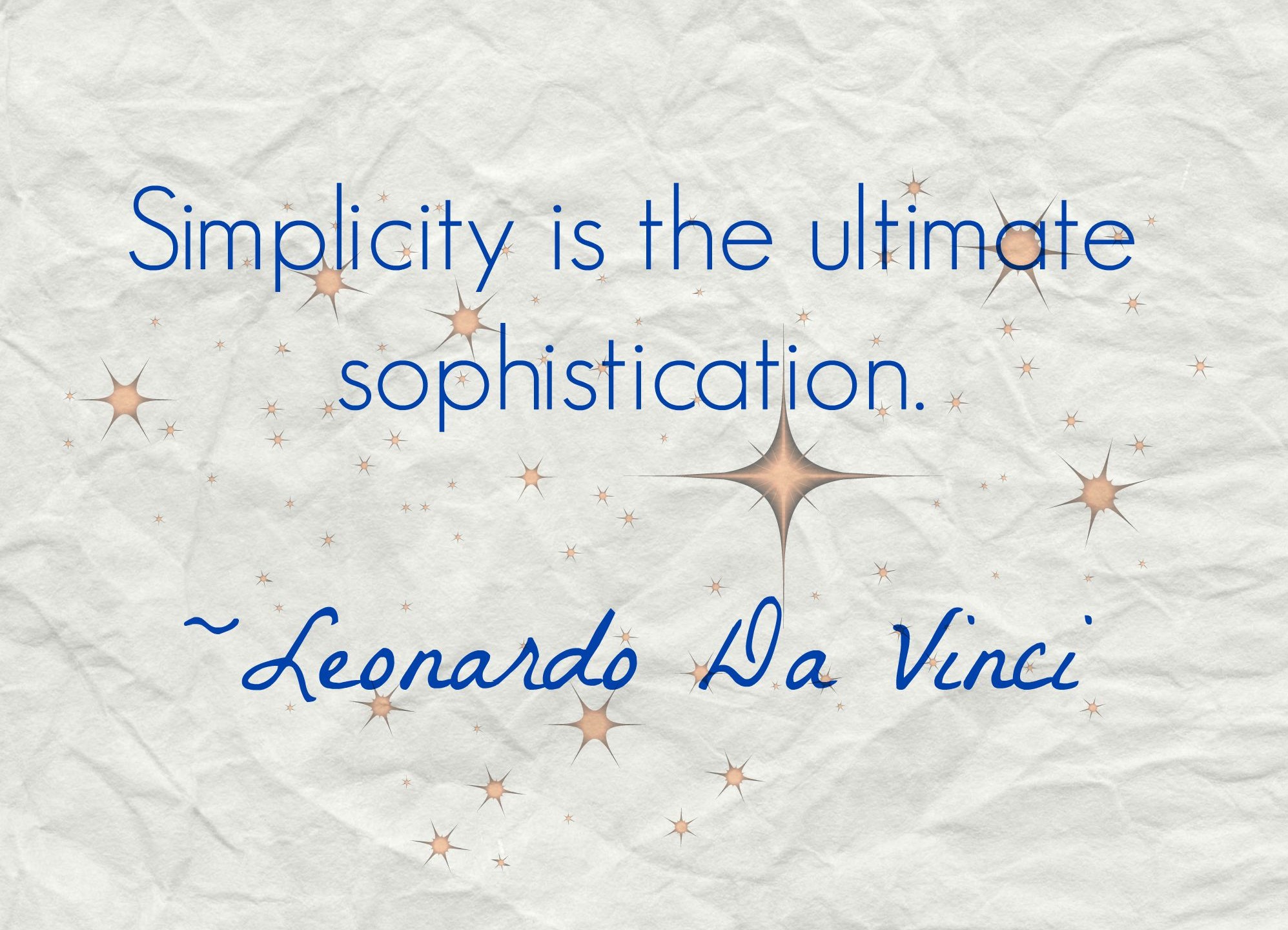 A poet must choose his words for sound as well as meaning. You could call it verbal music.
A poet must choose his words for sound as well as meaning. You could call it verbal music.
When you compose music, the composer repeats certain musical tones in combinations or chords. Some of these patterns are then repeated as melodies.
The poet also repeats certain sounds in various combinations and arrangements. This gives structure to his verse.
Repetitions can be Alliteration, Assonance, or Consonance.
- Alliteration – initial consonant sounds are repeated. “tried and true” “sure and sound”
- Assonance – vowels sounds are repeated. “mad as a hatter” “free and easy”
- Consonance – final consonant sounds are repeated. “odds and ends” “short and sweet”
These repetitions can be used alone or in various combinations.
When you combine assonance and consonance you get Rime. Therefore, rime is the repetition of accented vowel sounds.
Forms of Rime
- Masculine Rime – one syllable rime “support/retort”
- Feminine Rime – two syllable rime “turtle/fertile”
- Internal Rime – when both riming words are in the line.
- End Rime – when riming words are at the end.
Poets also repeat whole words, phrases, lines, or groups of lines. When this is done in a fixed pattern it’s called a Refrain.
Using musical devices is not necessary to all poems. We must judge a poem by its overall intention. Much of the greatest poetry in the world is written without rime.
For Further Reading
“That Night When Joy Began” – W. H. Auden (1907-1973)
“Forsaken Garden” – Algernon Charles Swinburne (1837-1909)
“The Harbor” – Carl Sandburg (1878-1967)
“I Hear An Army” – James Joyce (1882-1941)
References
Literature, Structure, Sound and Sense, Laurence Perrine (New York: Harcourt, Brace, & World, Inc., 1970) pp. 689-706.
Darlo Gemeinhardt writes MG novels and the occasional poem.
She spends a good portion if each day taking care
of twenty-five dogs. That’s why she believes, “There’s
a Story in Every Dog.”







1 Comment
Wow, Great information. I learned so much. Thank you.